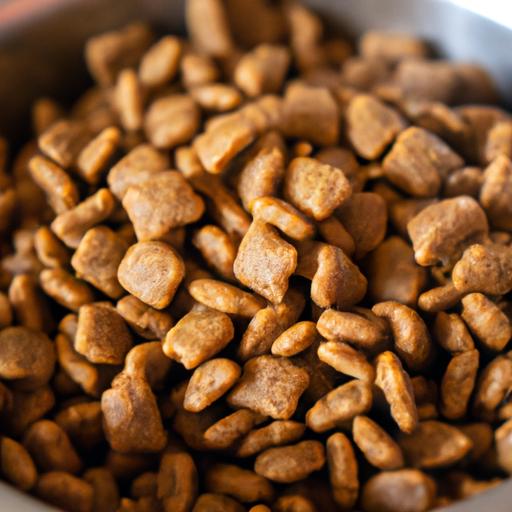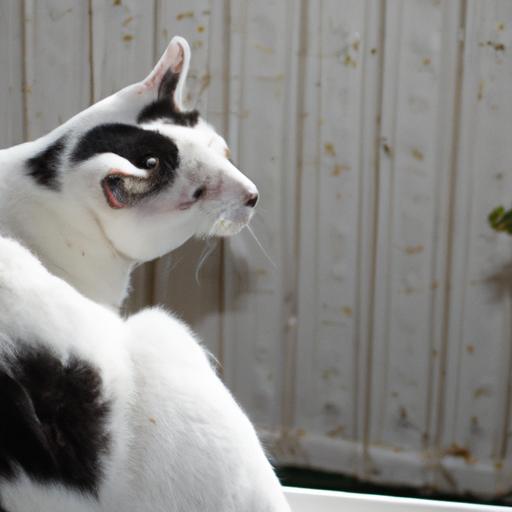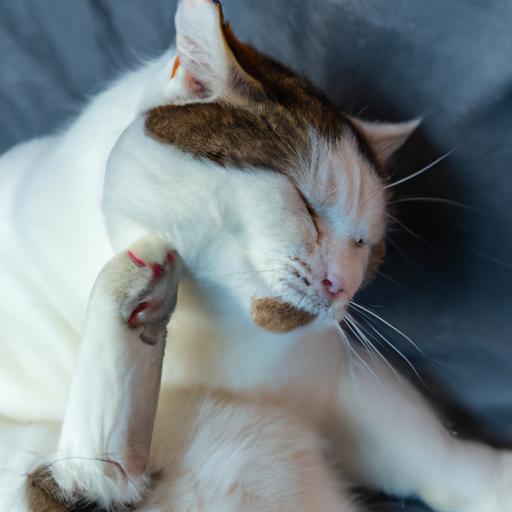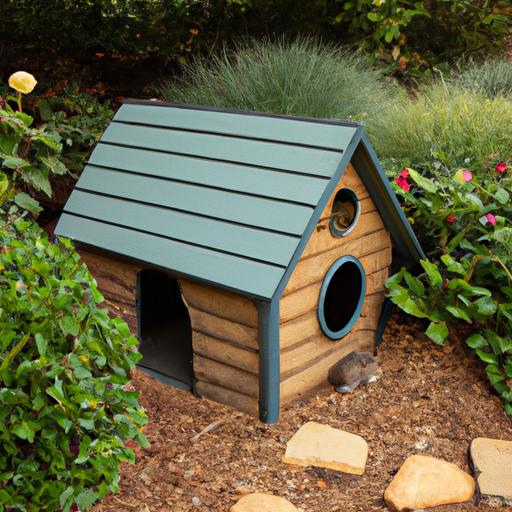When it comes to our beloved feline companions, providing them with the best nutrition is essential for their overall health and well-being. With the increasing awareness of pet owners, there has been a growing trend in the pet food industry – cat food without grain. In this article, we will explore the importance of choosing the right cat food and delve into the benefits of feeding cats grain-free food.
A. Importance of Choosing the Right Cat Food
As responsible cat owners, we want to ensure that our furry friends receive the proper nutrition they need to thrive. Just like humans, cats require a well-balanced diet to maintain their health, support their immune system, and prevent various ailments. Feeding them a high-quality cat food is crucial in meeting their nutritional needs and promoting their overall well-being.
B. Growing Trend: Cat Food Without Grain
In recent years, there has been a surge in popularity for cat food without grain. This trend stems from the understanding that cats are obligate carnivores, meaning their bodies are designed to primarily thrive on a meat-based diet. Grain-free cat food aims to mimic their natural diet by eliminating grains such as wheat, corn, and soy, which are common fillers in many commercial cat foods.
C. Benefits of Feeding Cats Grain-Free Food
Feeding your cat a grain-free diet can offer several advantages. Firstly, it helps support their digestive health. Cats have a shorter digestive tract than humans, making it challenging for them to digest grains effectively. By opting for cat food without grain, you can reduce the likelihood of digestive issues such as bloating, gas, and diarrhea.
Additionally, grain-free cat food can reduce the risk of allergies and sensitivities in your feline friend. Grains, particularly wheat and corn, are known allergens for many cats, leading to skin irritations, itching, and gastrointestinal problems. Eliminating grains from their diet can alleviate these issues and promote healthier skin and a shinier coat.
In conclusion, choosing the right cat food is of utmost importance for the well-being of our furry companions. The growing trend of cat food without grain has paved the way for a healthier alternative that better aligns with their nutritional needs. In the following sections, we will delve deeper into understanding grain-free cat food, how to choose the best option, the health benefits it offers, transitioning your cat to this new diet, and concluding with a recap of the advantages of grain-free cat food. So, let’s embark on this journey together to provide the best nutrition for our beloved feline friends.
Understanding Grain-Free Cat Food
A. Definition and Components of Grain-Free Cat Food
When we talk about grain-free cat food, we refer to a type of cat food that does not contain any grains as a primary ingredient. Instead, it focuses on using high-quality, animal-based protein sources like chicken, turkey, or fish. These protein sources are essential for meeting the nutritional needs of cats and providing them with the amino acids required for muscle development and maintenance.
Grain-free cat food also avoids using grains like wheat, corn, and soy, which are often included as fillers in commercial cat food. By eliminating grains from the formula, grain-free cat food aims to provide a diet that more closely resembles a cat’s natural carnivorous diet.
B. Nutritional Requirements of Cats
Understanding the nutritional requirements of cats is crucial when selecting the right cat food. Cats are obligate carnivores, which means their bodies have evolved to require a diet primarily consisting of animal-based protein. They need essential nutrients such as taurine, arachidonic acid, and vitamin A that are found abundantly in meat.
Apart from protein, cats also require fat for energy, fatty acids for healthy skin and coat, and a small amount of carbohydrates for digestive health. While carbohydrates are not essential for cats, they can still derive some benefits from easily digestible sources like vegetables and fruits.
C. Common Grains in Cat Food and Their Potential Drawbacks
Many commercial cat foods include grains as a cost-effective filler or to bind the ingredients together. However, some grains may have potential drawbacks for cats. For instance, wheat and corn are common allergens that can cause allergic reactions and digestive issues in cats. Additionally, cats have limited ability to digest and utilize nutrients from grains, leading to a higher chance of gastrointestinal disturbances.
By opting for grain-free cat food, you can eliminate these potential drawbacks and provide your cat with a diet that better aligns with their nutritional needs. In the next section, we will explore how to choose the best grain-free cat food by understanding how to read cat food labels and identifying high-quality ingredients.
Choosing the Best Grain-Free Cat Food
When it comes to selecting the best grain-free cat food for your furry friend, it’s essential to be an informed consumer. With numerous options available in the market, it can be overwhelming to make the right choice. In this section, we will explore key factors to consider when choosing grain-free cat food, including reading cat food labels, recognizing high-quality ingredients, and identifying common allergens and fillers.
A. Reading Cat Food Labels: What to Look For
Reading cat food labels is crucial in determining the quality and nutritional value of the product. Here are a few key elements to pay attention to:
-
Protein Source: Cats are obligate carnivores, and their diets should primarily consist of animal-based proteins. Look for cat food with high-quality protein sources like deboned chicken, turkey, or fish.
-
Ingredient List: Check the ingredient list for whole, recognizable ingredients. Avoid products with vague terms like “meat by-products” or “animal digest” as they may contain low-quality and unidentified sources of protein.
-
Avoid Artificial Additives: Steer clear of cat food that contains artificial colors, flavors, and preservatives. Opt for natural alternatives that promote a healthier diet for your cat.
B. Recognizing High-Quality Ingredients
To ensure your cat receives the best nutrition, it’s important to recognize high-quality ingredients in grain-free cat food. Some key indicators of quality include:
-
Meat as the Primary Ingredient: Look for cat food where meat is listed as the first ingredient. This ensures your cat receives sufficient animal-based protein.
-
Limited Fillers: Grain-free cat food should minimize or eliminate fillers like corn, wheat, and soy. These ingredients offer little nutritional value and can potentially trigger allergies or sensitivities.
-
Essential Nutrients: Ensure that the cat food provides a balanced mix of essential nutrients, including vitamins, minerals, and fatty acids. These elements are vital for your cat’s overall health and support various bodily functions.
C. Identifying Common Allergens and Fillers in Cat Food
Some cats may have specific allergies or sensitivities to certain ingredients. Common allergens include grains like wheat, corn, and soy, as well as dairy and certain proteins. Pay attention to your cat’s reactions after feeding and consult with your veterinarian if you suspect any allergies or sensitivities. Avoiding these potential triggers can help prevent discomfort or adverse reactions.
By carefully reading cat food labels, recognizing high-quality ingredients, and identifying common allergens and fillers, you can make an informed decision when choosing the best grain-free cat food for your feline companion. In the next section, we will explore the health benefits that grain-free cat food offers.
Health Benefits of Grain-Free Cat Food
When it comes to the health of our feline friends, grain-free cat food offers a multitude of benefits. Let’s explore some of the key advantages that come with feeding your cat a grain-free diet.
A. Improved Digestive Health
One of the primary benefits of grain-free cat food is its positive impact on digestive health. Cats are natural carnivores, and their bodies are designed to metabolize animal proteins efficiently. Grains, on the other hand, can be difficult for cats to digest due to their shorter digestive tracts. By opting for grain-free cat food, you provide your feline companion with a diet that aligns with their biological needs, promoting better digestion and reducing the chances of gastrointestinal issues such as bloating, gas, and diarrhea.
B. Reduced Risk of Allergies and Sensitivities
Grains, particularly wheat and corn, are common allergens for cats. Many feline friends suffer from food allergies or sensitivities that manifest as skin irritations, itching, and gastrointestinal problems. By eliminating grains from their diet, you can significantly reduce the risk of triggering these allergic reactions. Grain-free cat food often contains alternative carbohydrate sources such as sweet potatoes or peas, which are less likely to cause adverse reactions in sensitive cats. Switching to a grain-free diet can provide your cat relief from discomfort and promote healthier skin and a lustrous coat.
C. Enhanced Coat Condition and Skin Health
A cat’s coat is not only a source of beauty but also an indicator of their overall health. By feeding your cat a grain-free diet, you can contribute to their coat’s vibrancy and shine. Grain-free cat food is typically rich in high-quality animal proteins, such as chicken or fish, which are vital for maintaining healthy skin and a glossy coat. These proteins contain essential amino acids and fatty acids that nourish the skin, strengthen hair follicles, and promote a lustrous coat. So, by choosing grain-free cat food, you’re not only benefiting your cat’s overall health but also enhancing their external appearance.
In summary, the health benefits of grain-free cat food are evident. By providing your feline companion with a diet that aligns with their biological needs, you can promote improved digestive health, reduce the risk of allergies and sensitivities, and enhance their coat condition and skin health. In the following sections, we will explore how to choose the best grain-free cat food, transitioning your cat to this new diet, and concluding with a recap of the advantages of grain-free cat food. So, let’s continue our journey towards better nutrition for our beloved feline friends.
Transitioning Your Cat to Grain-Free Food
Transitioning your cat to a grain-free diet requires a careful and gradual process to ensure a smooth adjustment. Here are some essential steps to guide you through this transition:
A. Gradual Transition Process
Switching your cat’s food overnight can lead to digestive upset and refusal to eat. Instead, opt for a gradual transition over a period of 7-10 days. Start by mixing a small amount of the new grain-free cat food with their current food. Gradually increase the ratio of the new food while decreasing the old food until you’re feeding them only the grain-free option.
B. Monitoring Your Cat’s Response to the New Diet
During the transition, closely observe your cat’s response to the new grain-free food. Look for any signs of discomfort, such as vomiting, diarrhea, or decreased appetite. While some cats adjust seamlessly, others may experience temporary digestive disturbances. If you notice any severe or persistent issues, consult your veterinarian for guidance.
C. Dealing with Potential Challenges During the Transition
Transitioning to a grain-free diet may present a few challenges. One common hurdle is a finicky eater who refuses the new food. In such cases, try different flavors or textures of grain-free options to entice your cat’s taste buds. Mixing in a small amount of wet food or a sprinkle of catnip can also make the transition more appealing.
Another challenge could be the adjustment period for cats with pre-existing dietary sensitivities. While grain-free food can alleviate many allergies, some cats may have other sensitivities or underlying health issues. In such cases, consult your veterinarian for a thorough evaluation and potential dietary recommendations tailored to your cat’s specific needs.
In conclusion, transitioning your cat to a grain-free diet requires a gradual process, vigilant observation, and flexibility in overcoming potential challenges. By following these steps and closely monitoring your feline friend’s response, you can ensure a successful transition to a healthier, grain-free diet. In the next section, we will explore the benefits of feeding cats grain-free food, including improved digestive health, reduced allergy risks, and enhanced coat condition. So, let’s continue our journey toward providing the best nutrition for our beloved cats.
Conclusion
As responsible cat owners, we have the power to make informed decisions when it comes to our pets’ nutrition. Choosing the right cat food is crucial, and the growing trend of cat food without grain provides a healthier option for our feline friends.
By opting for grain-free cat food, we can ensure that our cats receive a diet that aligns with their natural needs as obligate carnivores. This type of food not only supports their overall health but also addresses specific concerns such as digestive issues, allergies, and sensitivities.
Feeding cats grain-free food can have numerous benefits, including improved digestive health, reduced risk of allergies, and enhanced coat condition. By eliminating common allergens and fillers like wheat, corn, and soy, we can provide our cats with a diet that promotes their well-being and vitality.
Transitioning your cat to a grain-free diet may require some patience and monitoring, but the long-term benefits are well worth it. Gradual changes and close observation of your cat’s response will ensure a smooth transition and a happy, healthy cat.
In conclusion, the importance of providing a balanced and nutritious diet for our cats cannot be overstated. Opting for cat food without grain is a step in the right direction, offering numerous benefits and improved overall health for our feline companions. So, make the switch today and give your cat the gift of a grain-free diet that will help them thrive for years to come.



